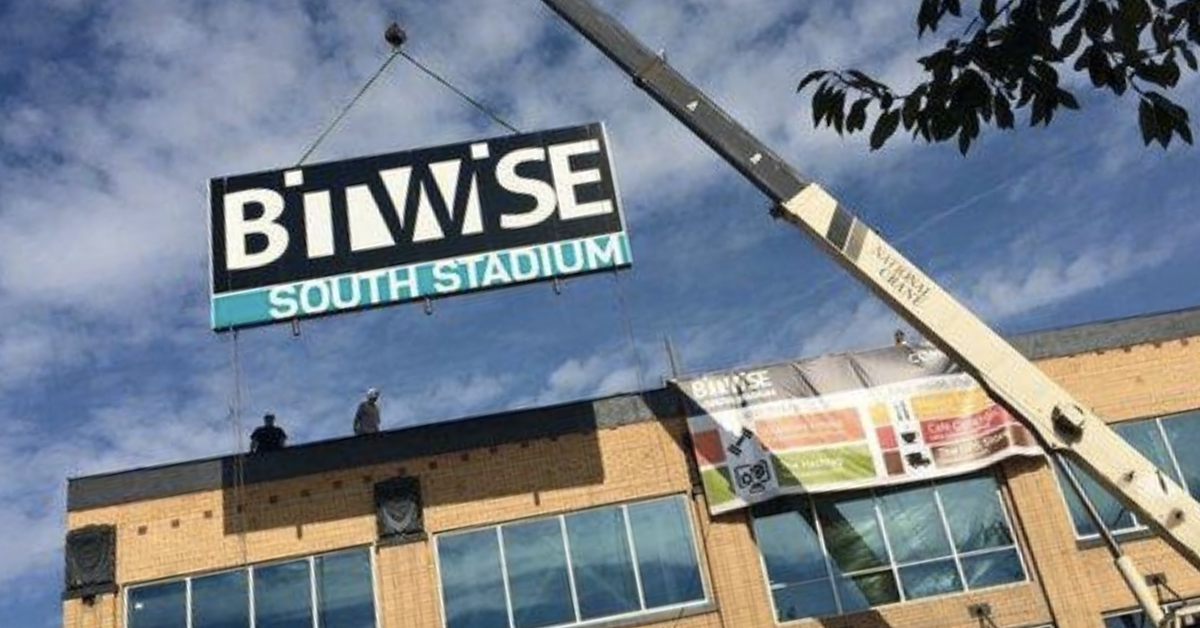AN OLD PROBLEM
A good argument can be made that the proper context for this story began in April 2012. That’s when the City Council ended months of passionate community debate by choosing a theme for the drafting of a general plan, the city’s blueprint for growth.
Suburban growth was to be curtailed. The inner city would be revitalized. Poor and neglected neighborhoods would get City Hall’s attention.
Those old-time neighborhoods also were bearing the brunt of Fresno’s seemingly intractable homeless crisis. Huge homeless encampments seemed to arise every month.
There was one located west of E Street in Old Germantown that was two full blocks in length. The one on H Street near San Benito Street snaked in three different directions. The one by Zacky Farms, near the City Yard, was so well hidden that it was almost its own sovereign community. And the most notorious was across Santa Clara from the Pov – its gangster street culture straight out of 1930s Chicago.
City Hall, long paralyzed by the wailing threats of social justice warriors and the smug (and expensive) judgments of elitist federal judges, seemed powerless to restore order and common-sense standards to central Fresno.
Then, in the span of a few weeks in the late summer of 2013, all the major homeless encampments were gone. Razed. Leveled. Destroyed.
City Hall did it. The city’s elected officials rediscovered their oaths of office and their backbones.
Now, things weren’t nearly as cruel as my description might suggest. Swearengin had already helped form a nonprofit called Fresno First Steps Home. The aim was a housing-first strategy to move the homeless back into the mainstream of civilization. The Administration had a ton of partners in this regard, perhaps the most formidable being the Fresno Housing Authority under the aggressive leadership of Chief Executive Preston Prince.
And in the middle of all this “carrot-stick” psychological maneuvering came the creation of City Hall’s Homeless Task Force. It’s this group that brings us back to MAP Point at the Pov’s reforms.
The core of the Homeless Task Force is four sworn police officers under the direction of Sgt. Robert Dewey. The city’s community sanitation and code enforcement divisions contribute personnel and assets.
The name says it all. The task force deals with homeless issues. If there’s stuff to clean up, community sanitation steps in. If there’s a land-use problem, code enforcement steps in. If someone’s breaking the law, well, there’s Dewey and his cops.
All the while, the task force is offering empathy and helpful hints to the homeless.
Everything seemed to be jelling. Swearengin in June 2014 joined the feds in promising to end veteran homelessness in Fresno within 18 months. The anti-sprawl general plan got City Council approval in late 2014. MAP Point at the Pov was born in early 2015. Swearengin in June 2015 announced that Fresno’s population of unsheltered homeless had dropped to 814 from a staggering 1,829 in 2013.
Then came the Dec. 17, 2015 council meeting where Swearengin sought $520,000 to send social workers to the field where the homeless live.
And there was Sgt. Dewey telling council members that meeting Fresno’s homeless challenge, despite years of work and thinking, remains a head-scratcher.
“If I had some great suggestions, I’d tell them to you,” Dewey said. “We’re kind of running out of options.”
What happened?









What about addressing private efforts to assist homeless people like the Eco Village Project’s Dakota EcoGarden, and our mission to build a village like the ones in Oregon, Washington, Texas, New Mexico, etc. How about the merits of the city joining forces for a public/private coalition to respond to the homeless problem? The city turns a blind eye to private resources like the Dakota EcoGarden and won’t put any skin in the game. You know, the city doesn’t a lock on answers to the problem. Brainstorming with dedicated groups who have put their money, blood, sweat, and tears into helping homeless people might be just what the city needs to refine its perspective and come up with a diffrent or modified game plan.
There’s a huge disconnect here. What happened to the 1300 who visited MapPoint?. I personally know many, including mentally ill folks, who have not been helped with housing. So how does it help to put more staff at map point? Someone needs to get on the job of actually finding or making the housing happen. One point that needs to be acknowledged is that homeless folks may refuse housing that they see as being in the middle of drug infested neighborhoods and/or housing that requires them to get rid of beloved pets.